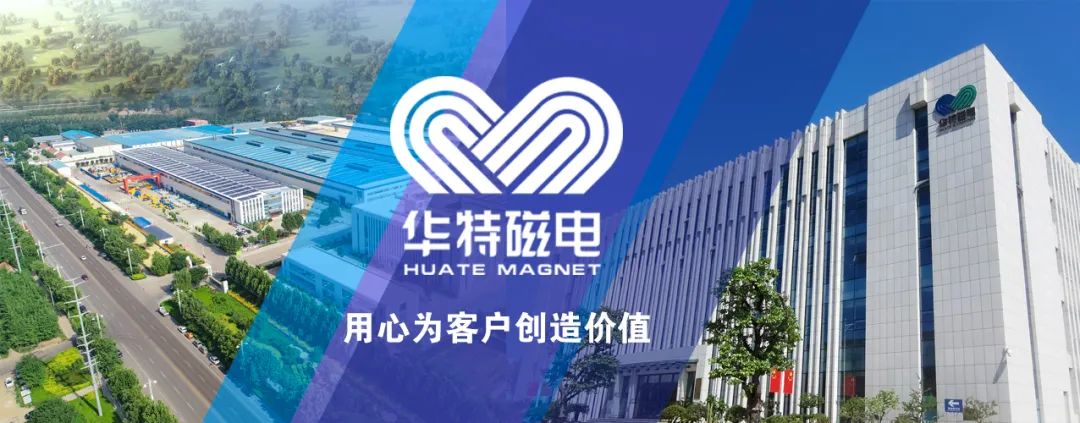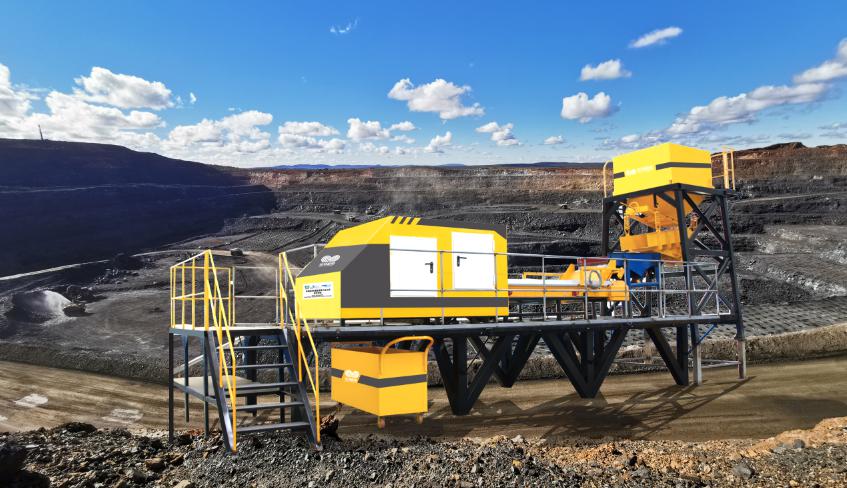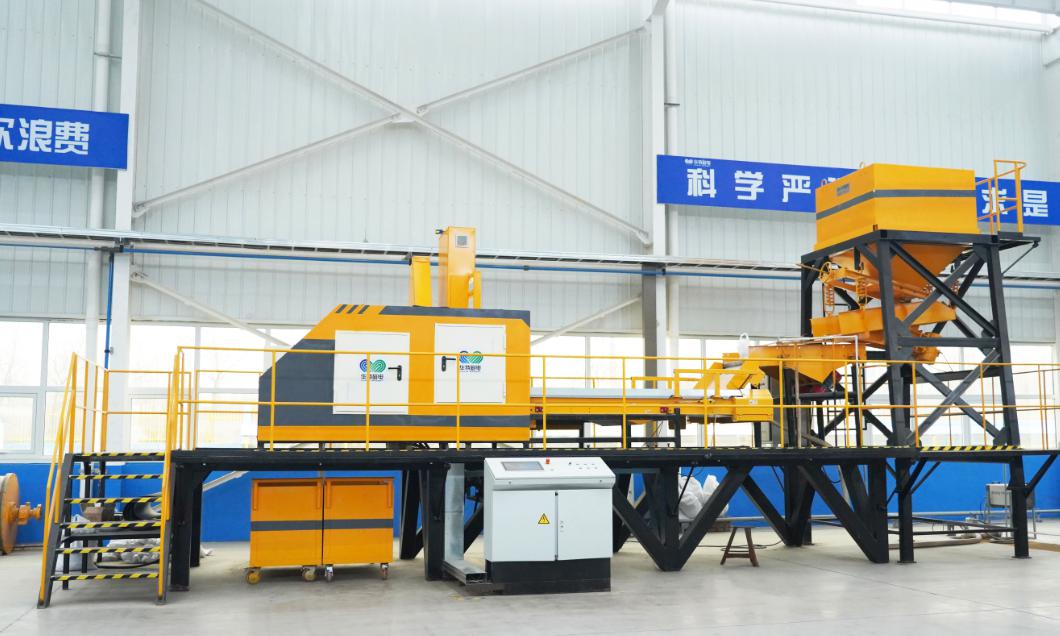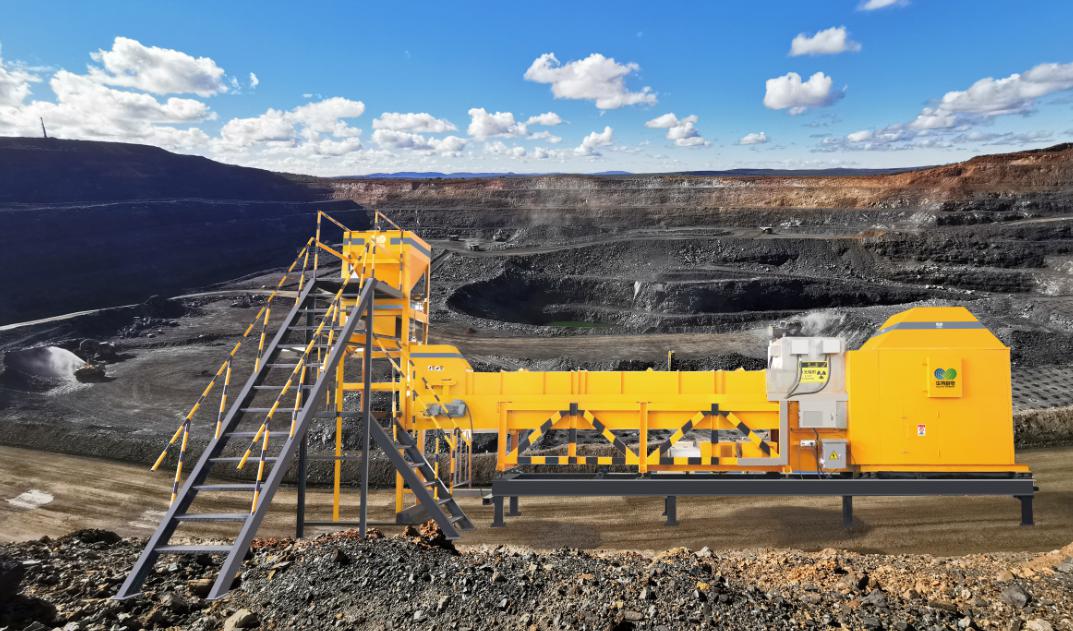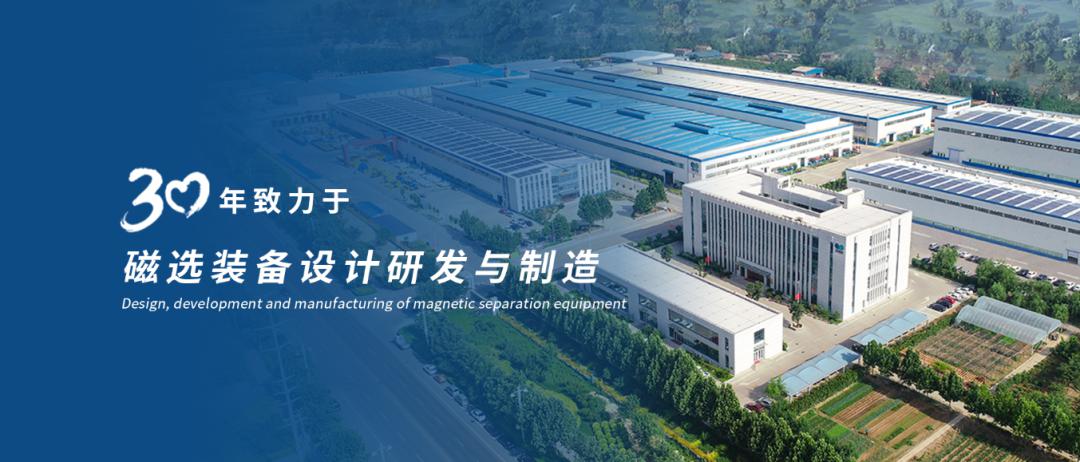Since the 1990s, foreign countries have begun to study intelligent beneficiation technology and have made some theoretical breakthroughs, such as GunsonSortex in the UK and Outo-kumpu in Finland. and RTZOreSorters, etc., have developed and produced more than ten types of industrial photoelectric sorters, radioactive sorters, etc., and have been successfully applied in the sorting field of non-ferrous metals and precious metals, but due to the high price, low sorting accuracy, The processing capacity is small, and it is limited in the promotion and application.
Compared with foreign countries, the related technology research in my country started relatively late, and the research field is relatively narrow.Around 2000, some sorting machines also appeared in the domestic market, mainly color sorting, infrared sorting, electric sorting, etc., mainly used for sorting grain, food, tea, medicine, chemical raw materials, paper, glass, Waste sorting and other industries, but for precious and rare metals such as gold, rare earth, copper, tungsten, coal, weak magnetic iron ore, etc. can not be effectively pre-selected and discarded in advance,especially in the dry intelligent pre-selection tail throwing equipment is still blank.
At present, domestic mines do not have effective special equipment for pre-disposal of refractory weak magnetic ores, non-ferrous metal ores, etc., mainly relying on the original manual sorting method and magnetic separation method, and the sorting particle size is generally between 20 and 150 mm. High strength and high cost. For minerals with small differences in appearance color, luster, shape, and density of ore and waste rock, the sorting efficiency is low, the error is large, and some cannot be distinguished. For magnetite, magnetic separation method can be used to cast tails, but for ores with weak magnetic properties, non-ferrous metal ores, etc., the separation error is large, the separation efficiency is low, and there is a serious waste of resources.
The intelligent sensor sorting machine is suitable for the pretreatment of ore with high dilution rate of raw ore and good separation effect between surrounding rock and useful ore after crushing.
01
Lowering the cut-off grade of mines is equivalent to expanding the industrial reserves of ore;
02
Reduce the cost of subsequent grinding and beneficiation;
03
The processing capacity of the system can be improved under the condition that the original grinding equipment remains unchanged;
04
Improving the selected grade is conducive to stabilizing and improving the quality of concentrates and reducing smelting costs;
05
Reduce the stock of fine-grained tailings, reduce the production and maintenance costs of tailings ponds, and improve the safety factor around the reservoir area.
Take gold mines as an example: at present, my country’s proven gold resources are 15,000-20,000 tons, ranking seventh in the world, with an annual gold output of more than 360 tons, rock gold reserves accounting for about 60%, and an average ore deposit grade of about 5%. About g/t, rock gold ore reserves are about 3 billion tons. Has become the world’s largest producer of gold. However, the gold beneficiation process in my country still adopts the traditional flotation-concentrate cyanidation process. There is no effective means to throw tails before rough crushing and grinding. The workload of crushing, grinding and flotation is large, and the cost of beneficiation remains high. The mining loss rate is more than 5%, the recovery rate of beneficiation and smelting is about 90%, the beneficiation cost is high, the resource recovery rate is low, and the environmental protection is poor.
After pre-discarding by intelligent sensor sorting, the selected waste rock can account for 50-80% of the selected raw ore, enriching the selected grade of gold by 3-5 times, and reducing the number of workers in the dressing plant by 15-20% , 25-30% increase in discarded waste rock and 10-15% in metal production.
The cost of crushing and grinding can be saved by more than 50%, the subsequent chemical flotation volume can be reduced by more than 50%, the production efficiency is greatly improved, the reuse value of waste rock is improved, the environmental damage is reduced, and the economic benefit is greatly improved.
The particle size range of intelligent sensor sorting can reach about 1mm to 300mm, and the sensor can identify up to 40,000 pieces of ore per second. It only takes a few ms for each piece of ore from the detection of the receiving sensor to the sorting instruction obtained by the actuator. It only takes a few ms for the injection module to complete one execution. The maximum processing capacity of a single machine can reach 400 t/h, and the processing capacity of one equipment can reach 3 million tons per year, which is equivalent to the scale of a medium and large mine.
Intelligent sensor sorting equipment can easily change software and preset sorting thresholds online, and respond to fluctuations in the quality and quantity of raw ore in time, which cannot be achieved on traditional sorting equipment.As long as the raw ore reaches a certain degree of dissociation in the crushing stage, even if it is only the dissociation degree of the surrounding rock or gangue, or the final concentrate is directly produced, it is mostly used for various metal ores (non-magnetic or weakly magnetic iron ore, copper, lead, Pre-selection and waste disposal of zinc, nickel, tungsten, molybdenum, tin, rare earth, gold, etc.), coal and non-metallic minerals such as talc, fluorite, calcium carbonate, dolomite, calcite, apatite, etc. The amount of coarse concentrate entering the subsequent process is greatly reduced, and the grade is improved, which can greatly reduce the cost of subsequent grinding and beneficiation.Intelligent sensor beneficiation is unmatched by traditional manual sorting, magnetic separation, and photoelectric separation in terms of identification accuracy, response speed, sorting efficiency, and processing capacity. Intelligent sensing sorting is a comprehensive manifestation of modern sensing technology and digital technology, and has become the main development direction of mineral pre-selection.
Chinese mineral resources are mainly lean ores, and the storage capacity is large. How to discard waste in advance, improve the efficiency of subsequent grinding and beneficiation, and reduce the cost of beneficiation, and actively respond to the country’s general requirements of “building smart mines and green mines”, will It has become an inevitable trend in the development of my country’s mining industry. Therefore, the development of intelligent sorting equipment suitable for domestic minerals is imminent, and the market prospect will be very broad.
Post time: Feb-25-2022

